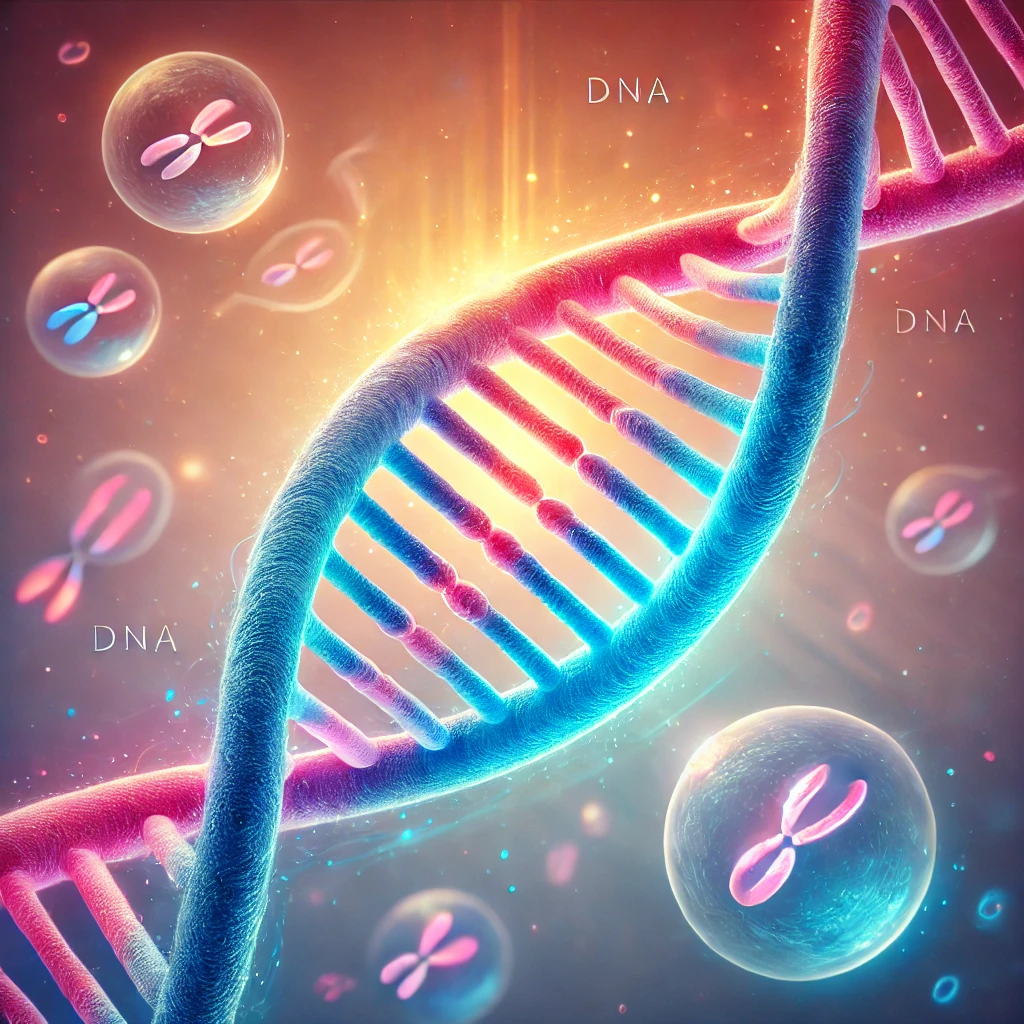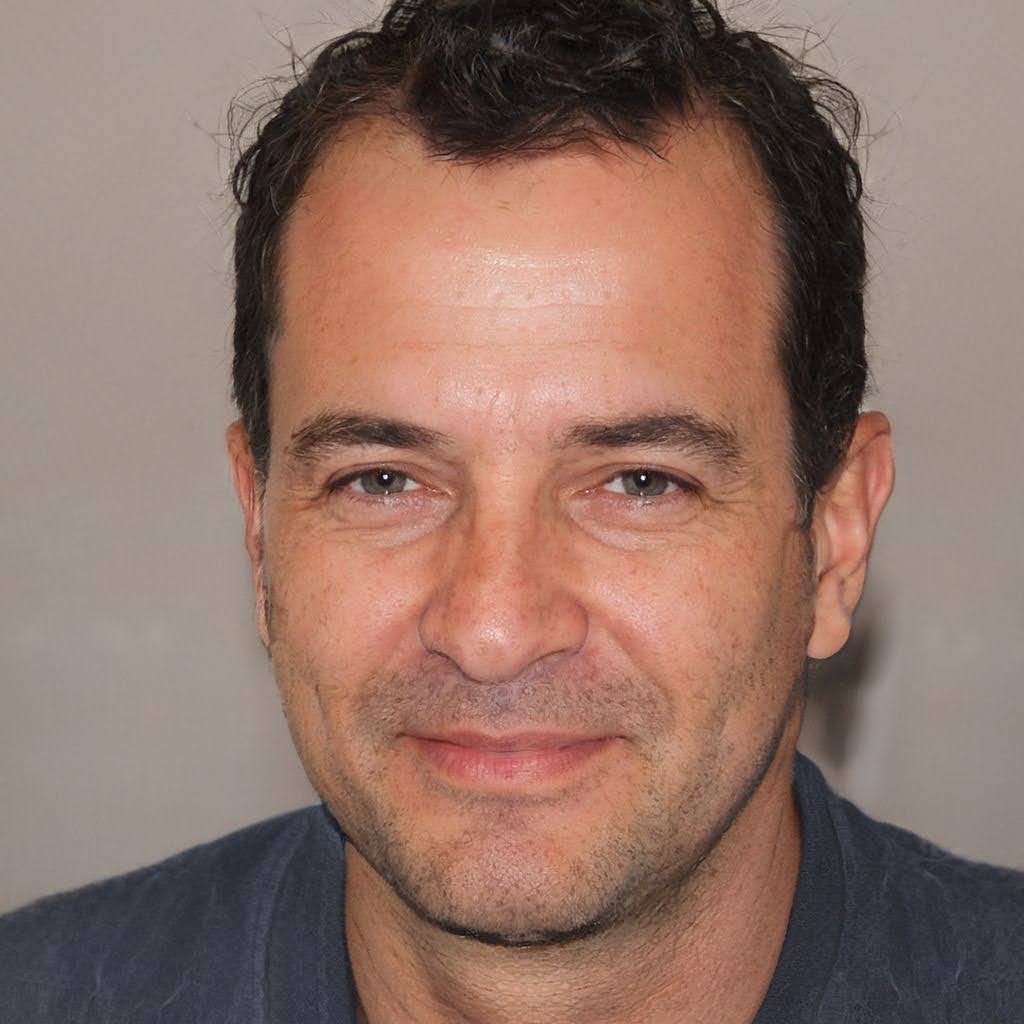Discussions pertaining to gender identity, their associated stereotypes, and broader societal expectations have taken center stage nowadays. A simple scroll down Twitter’s “X” feed, or basic people watching at a coffee shop would reveal a society engrossed in ceaseless debates over the use of pronouns, identity conflicts, and cultures that seem to change rules of engagement at lightning speed, or rather even the teachings of a mundane biology class. As bewildering as it might sound, a divide emerge around teams ready to be picked like some sort of sport event. As for the Catholic Church, it has no intention of making any moves from its curbed position. Genuinely not to cheer or jeer, they boldly remain on the sidelines holding a sign saying: “God made us Male and Female, and that is not up for a vote.”
Some claim this is ancient. Other people will hold through the idea that it is rock solid and fails to sway with trendy hashtags. If “virtues,” as identified in “The Quiet Strength of Virtues” (#) serves its purpose as a pillar of strength, and order, as explored in “Order in the Chaos” (#), has been identified as the anchor that keeps a strong grip, unwavering, intact, unmarred by chaos, gender serves as part of the blueprint, a design that implies a rationale far beyond its simplistic outward appearance.
So, let’s dip our toes into this calamity together; whether you are cheering, preparing to dispute, or skeptically confused—we are in it together alongside the church. The Church, in this case, is claiming—and rightfully so—that the is an issue worth grappling with. And trust me, it has hints of science, philosophy, and a plea for genuine reality.
God’s Design: Male and Female, Backed by Biology
As previously described, let us begin from the beginning—Genesis 1:27: “Male and female He created them.” For the Church, that is not a poetic throw away or an ancient myth, rather it’s the prologue, the first note in the human symphony. The Catachism of the Catholic Church reinforces further: “Man and woman have been created… in a complementary way.” (CCC 369) Not interchangable, but complimentary – two forming parts of an assemble, distinct yet fitting together. The idea’s gentle; something as simple and delicate as our bodies which act as vessels, the phenomena of being born male or female, or even our existence, does not happen on a whim – it a gift purposefully fashioned by a creator who does not fumble. One who exclaimed this publicly after a lifetime of pondering is Saint John Paul II, calling it the “nuptial meaning of the body,” simply put, the sacred marriage between two unites called ‘male and female’ are not erronedus blobs, but strategically designed to mirror God’s love, set to join in holy matrimony and, yes, create life.

But it’s not only faith that proclaims this, biology has a say in this as well. From the moment you were conceived, you received a genetic narrative; at this stage the only factor determining your sex is XX or XY chromosomes. By the seventh week of gestation, genes begin to act, guiding cell development to either testes or ovaries, and to sperm or eggs. “Sex determination begins with the inheritance of sex chromosomes, followed by a cascade of molecular events that establish sexual dimorphism” was the verdict that Hunter was explaining in a Nature Reviews Genetics article from 2018 (Hunter, 2018, p. 423). This notion is present in all species ranging from humans to fruit flies. Social constructs have no bearing here—the existence of gametes, hormones and anatomy affirm that males and females are dichotomous. Admittedly, variation does exist; Klinefelter’s (XXY) or Turner’s (X0) intersex conditions arise in approximately 1 in 1500 births. However, this situation is an exception encased within a binary framework instead of a non-binary category or spectrum from which to choose. There’s a reason the Church agrees with this: biology provides undeniable proof while claiming design supports the argument that God creates with intention.
I understand that science is no holy text, and that exceptions tend to raise eyebrows. But what of the cases that don’t fall neatly into a box, the 0.05 percent? The Church does not avoid this question either. It speaks of compassion and not checklists. Such instances do not undermine the rule; rather, they are a glimpse into the breathtaking mess that is creation, and they are in need of love, not category labels. But today’s agenda? It isn’t merely about exceptions; it’s about completely erasing the rule. Gender is considered fluid, identity is to be felt in the moment, and biology is optional. The Church remains firm: “Truth is not a mood swing.” Admitting the pain of dysphoria, real people, and real struggles exists doesn’t mean denial, but maintaining that what we are isn’t a choice we get to make. Rather, it is something received, not a blank canvas freely available for painting.
The Chaos: When Emotions Override Facts and Science
Things are fun, yet a bit scary, and if gender is simply a feeling, then where do we draw the line? Children as young as 12 are on hormone blockers, surgeries are changing bodies long before the brain fully develops (that’s age 25 for all you folks out there), alongside laws desperately trying to keep pace, all in pursuit of a sense of self that shifts like a Snapchat filter. The Church views this as disorder with a capital D- and not to judge, but rather to sound an alarm. Once we abandon the structure biological or divine, whatever label you choose, will not just adjust reality, we will unravel it. That gloomy Danish philosopher who could overthink a goddamn sunrise, Søren Kierkegaard describes this wonderfully with his ‘despair of possibility’ (The Sickness Unto Death, p. 35). Too many choices without a solidify anchor to ground you will lead to ‘what ifs’ drowning you. It might sound familiar. This is not some abstract concept. It’s the chaos we are currently living in.
Everything is in complete disarray. Families merge when “mother” and “father” have an identity crisis—two “parents” sound accommodating,” but it makes muddy waters where children require specific answers. Schools are overly enthusiastic about shaping identities for pre-teens who, at best, are bewildered by the term “puberty.” As a society, we are stuck fighting over locker rooms and pronouns instead of having something constructive to work toward—community, purpose, take your pick. The Church is not surprised. Saint Augustine understood the root of the problem long before anyone else: “Sin is disordered love” (City of God, XIV.28). In his words, “disordered love” was a feeling, not fact. That is love overboard, self above reality, and that is what tears us—thread by thread, family by family.

The warning lights are validated by science too. Hunter’s article highlights that sexual dimorphism is not only physical, but also influences brain processes, behavior, and even disease (Hunter, 2018, p. 425). Disregarding this fact plays with identity, but more importantly, gambles with one’s mental and physical health. Consider puberty blockers–they’re not candy. Scientific studies show that these blockers worsen bone density and cast doubt on long-term impact on brain development. The Church isn’t against progress—it’s pro-reality. If biology is a map, why would we burn it for a vibe?
This is not simply a body issue; there is a headspace problem that philosophy can address. The notion that truth is malleable bends towards what you think or feel is termed as Relativism. This term is not new—gender has not been the only victim of this theory; our perception of self has been altered too. A major player in modern philosophy, Charles Taylor addresses this in his book Sources of the Self (1989). He emphasizes how we shifted from a world where identity stemmed from God, nature, or community, to a world where all the identity one needs is ‘authenticity.’ Being true to yourself, whatever that means these days (Taylor, 1989, p. 27). Sounds empowering, right? When self is all that’s left and fluid, you’re building on quicksand.
The fallout is evident in psychology as well. Jean Twenge’s 2018 study in the Journal of Personality and Social Psychology documents the post-1995 birth cohort (Gen Z) as increasingly lonely, anxious, and fragile individuals. Why? It’s akin to being unable to move when faced with a plethora of options—“pick your gender, your morals, your reality.” Choice overload coupled with having no anchors leads to a short-circuiting brain. Depression and suicide rates soar in teens grappling with identity—there’s dysphoria, yes, but also the reality of a culture with a lack of guardrails that screams, “You’re whatever you say.” Kierkegaard’s “despair” isn’t just poetic; it’s clinical.
In response, the Church maintains that truth is not a prison, but rather a lifeline. Gender defined as male and female? Not a shackle, but rather a point of departure. This is a gift, saying, “You’re not a blank slate. You’re a story already begun.” Aquinas, an astonishingly brilliant monk, proposed that truth consists of the mind matching with reality (Summa Theologiae, I, Q. 16, A. 1). In a world devoid of reason, reality must bend to one’s mind, resulting in chaos. Psychology validates this: calm nurtures peace, while boundless reinvention births panic.
Why It Matters: Order Not Oppression
So, what is keeping the Church so stubborn? The focus is not on gatekeeping joy or hating on anyone, instead, it is on order, the very order we explored in “Order in the Chaos” (#). Gender is not a cage meant to constrain you, rather, it is a compass meant to direct you. Male and female, together, point to God’s image: unity in God’s love, creation, the dance of opposites that reflects the Trinity itself. If you discard that, it is not just freedom; it is being adrift: spinning around with no north star. Saint Thomas Aquinas once argued how everything and anything has a purpose: “telos” (Summa Theologiae, I, Q. 5, A. 4). For The Church, gender does not serve the purpose of imprisoning you. Instead, it is a way of providing you meaning and a direction to who you are meant to be.
It is chaos now demanding, “Define yourself or else.” It’s autonomy gone wild, but it’s empty—freedom without anything to grab onto just leaves one dangling. The Church responds, “You’re already defined, and it’s beautiful.” Given our control-obsessed world, that’s a hard pill to swallow, but it offers relief when “choice” makes you dizzy. Pope Francis understands the balance; he has pleaded for mercy, not war, calling us to “accompany” without abandonment (Amoris Laetitia, 241). Love the person, hold the line. It is a rope walk, but it is not mush, it is love with guts.
What Can We Do? Truth with a Side of Heart

So where do we land in this mess? Listening would be the first step—they’ve shared their hurt, now it’s time to hear it. Gender dysphoria is certainly not a walk in the park—imagine waking up and feeling like your skin is a façade. The struggle to fit in a fluid world is equally as difficult- teens suffocating in “just be yourself” without knowing what that even entails. And then, gently but firmly, speak the Church’s truth: you’re made, not made-up. And that’s not a curse, it’s a gift. Pray for clarity—talk to Mary and Joseph who lived as a male and female with grit and grace raising God in a messy world. And act: support families who are caught in the crossfire, mentor children before the culture consumes them, create havens where truth is not a dirty word but a cornerstone.
This relates to both abortion “Life’s First Breath” # – life starts from the very beginning and abortion and relativism “Truth Isn’t a Buffet” # – there is not a free for all in tay reality. The Church is not trying to win culture wars or muscle its dogma; it is presenting a biological, philosophical, spiritual way to view the chaos as a coherent narrative. Of course, it is not the entire puzzle – science is always changing, and hearts will always struggle, but it gives a framework, a foundation to hold on to when everything is falling apart. What’s your take now – perhaps you’re ready to grapple with this a little more, perhaps over coffee and a deep reflective conversation.

I’m Jonathan Raeder, scholar of philosophy and the Catholic faith, deeply dedicated to exploring the teachings and traditions of the Church. Through years of study and reflection, I have gained a thorough understanding of Catholic philosophy, theology, and spirituality. My intention is to connect intellectual reflection with lived faith, shedding light on the richness of Catholic thought for all who wish to do so.

